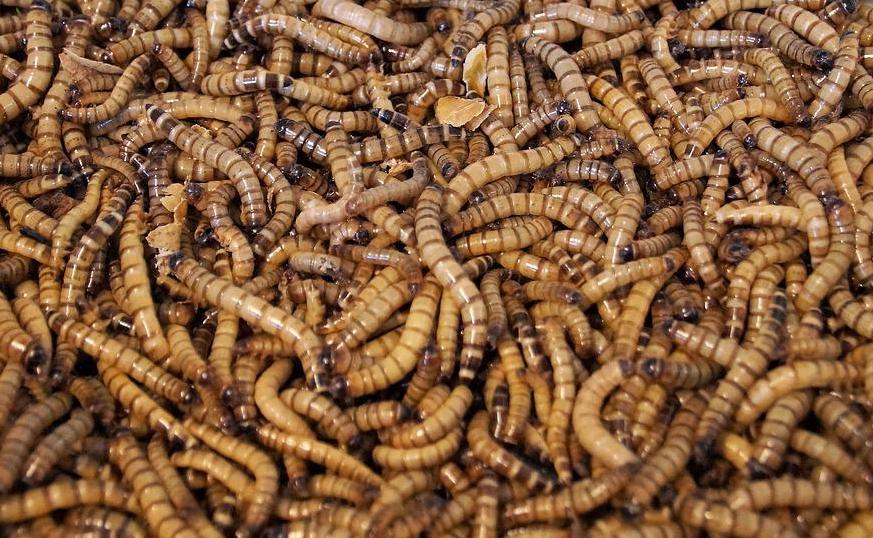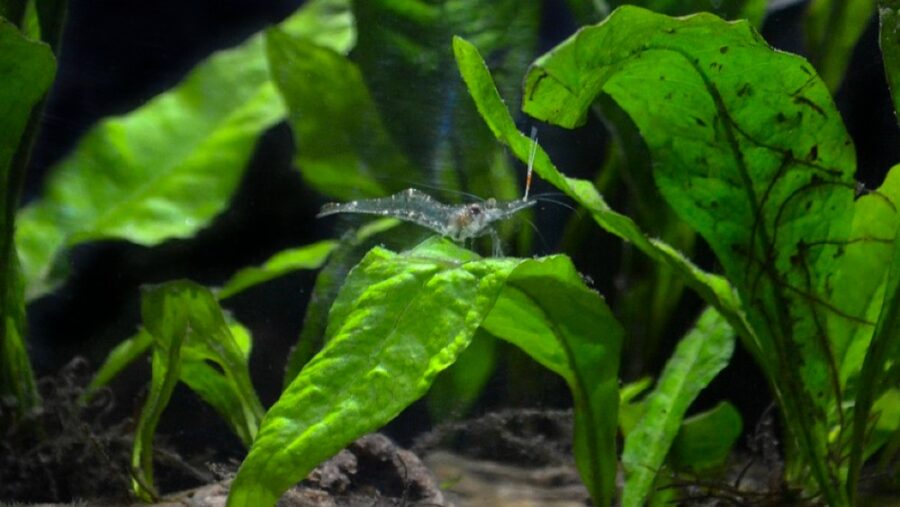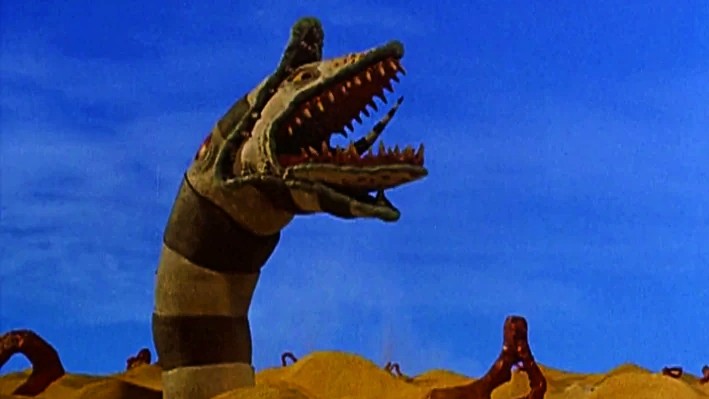Four-Eyed Creatures Discovered Are Brand New Species

Approximately 80 percent of the ocean floor remains unmapped and unexplored, which means that there are plenty of strange species we haven’t encountered yet. Yet, to be entirely honest, most of the creatures we did encounter on the ocean floor are basically nightmare fuel, and as the exploration of the ocean floor continues, the number of scary residents continues to grow. According to NewsWeek, researchers have now discovered four-eyed worms in the sandy burrows on a beach in Japan.
Two Four-Eyed Worm Species Discovered On A Beach

The two new species, each colored bright red and equipped with four eyes, were recently found hiding in the sandy burrows made by the ghost shrimp on a beach of the Ryukyu Islands. They’re subsequently identified as members of a genus of segmented worms named Parahesione pulvinata and Parahesione apiculata. And to be entirely honest, while the idea of a giant bright-red worm sporting four eyes seems terrifying, the truth is that the four-eyed worms are between 12 and 20mm in length, and their eyes aren’t as easily visible to the naked human eye.
Their Appearance

As for their appearance, besides the bright-red color, the four-eyed worms have eight enlarged cirri, which are hair-like or feather-like appendages; dorsal cirrophores with a dorsal foliose lobe, which is a leaf-like structure where the cirri are attached; biramous parapodia, which are the paired, lateral extension on each body segment; and no media antenna, which is odd, considering that many related species have a central antenna. Furthermore, Parahesione apiculata has unique finger-like projections on the leaf-like structure on its back, which Parahesione pulvinata, does not have.
Living Off Ghost Shrimp

Further studies of these creatures suggest that the four-eyed worms require a symbiotic relationship with the ghost shrimp to survive in some pretty extreme conditions. Ghost shrimps typically burrow up to four feet beneath the surface, where they create a very low-oxygen environment that’s unable to sustain most life—which explains the worms’ red color. It’s also important to note that Parahesione apiculate is native to the Ryukyu Islands in Japan only, while Parahesione pulvinata has been found in Vietnam and Papua New Guinea as well.
A Horrifying New Discovery?

The flatness of the worms’ body is also an interesting adaptation, which suggests that the worms live and move between the host body and the walls of the narrow burrows, thus allowing the worms to achieve greater physical contact with the burrowing shrimp. Though they sound horrifying, the four-eyed worms are just one of the newly discovered species. Humans regularly encounter new life in our home world, both life that exists today and newly discovered species that existed millions of years ago.
There’s More To Discover Deep In The Ocean Depths

The truth is that, besides the newly discovered four-eyed worms, we only discovered a small extent of species living on Earth, considering that more than 80 percent of the ocean hasn’t been explored. It’s currently believed that we encountered only 14 percent of species currently living on Earth and only 9 percent of species that settle in the ocean. As theorized, most of the undiscovered species we could potentially encounter live in the ocean and the Amazon rainforest—both of which are actually massive areas on the planet.












